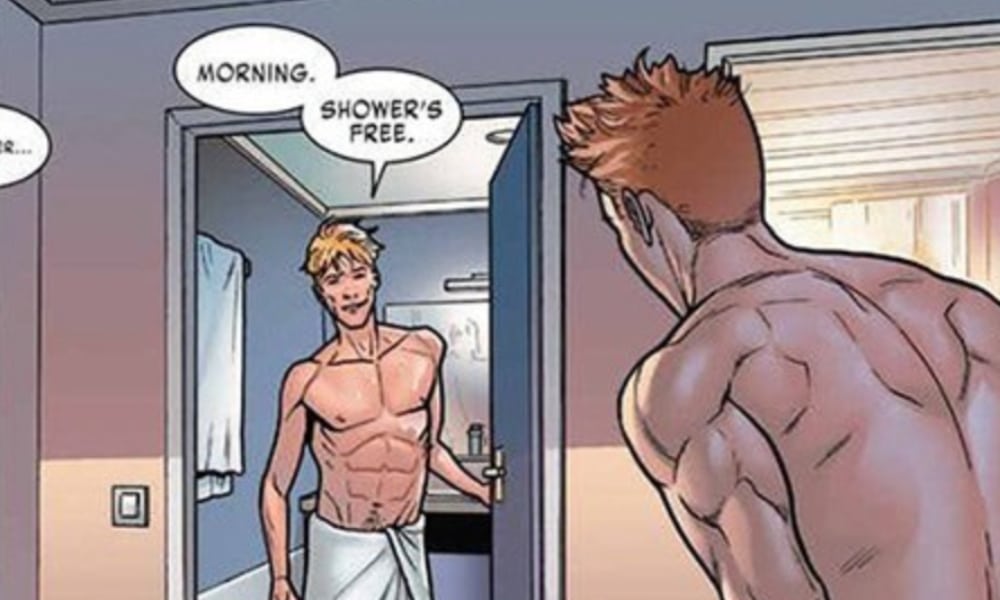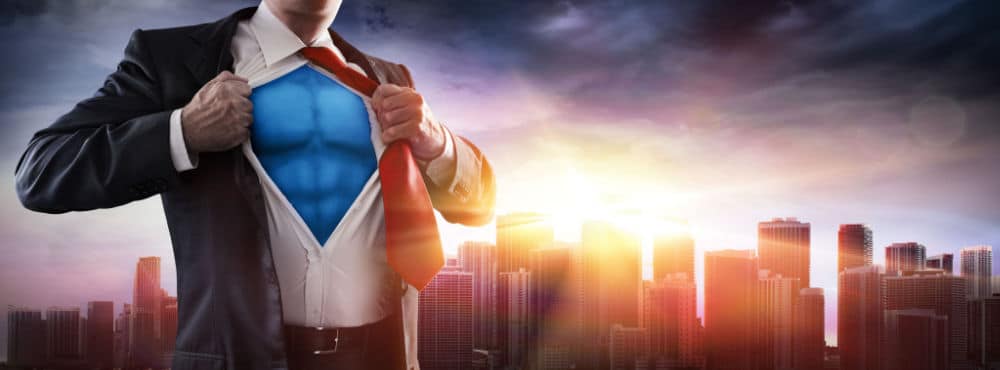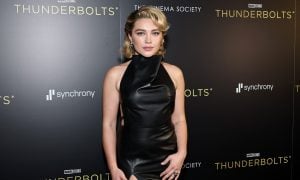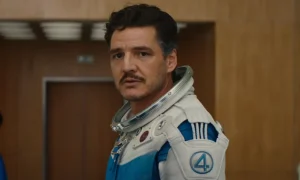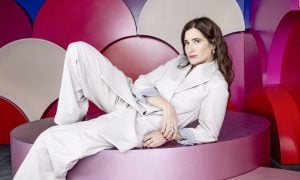While LGBTQ representation has always been apparent in comics, the same can’t be said about TV and movies. However, we see way more superheroes identifying as LGBTQ in the media today. Marvel and DC writers are pushing harder than ever to write characters representing a more diverse spectrum of sexualities and gender identities.
We’ve compiled a list of our top most influential LGBTQ superheroes in the Marvel, DC, and other universes below:
RELATED | Meet Marvel’s Newest Trans Superhero
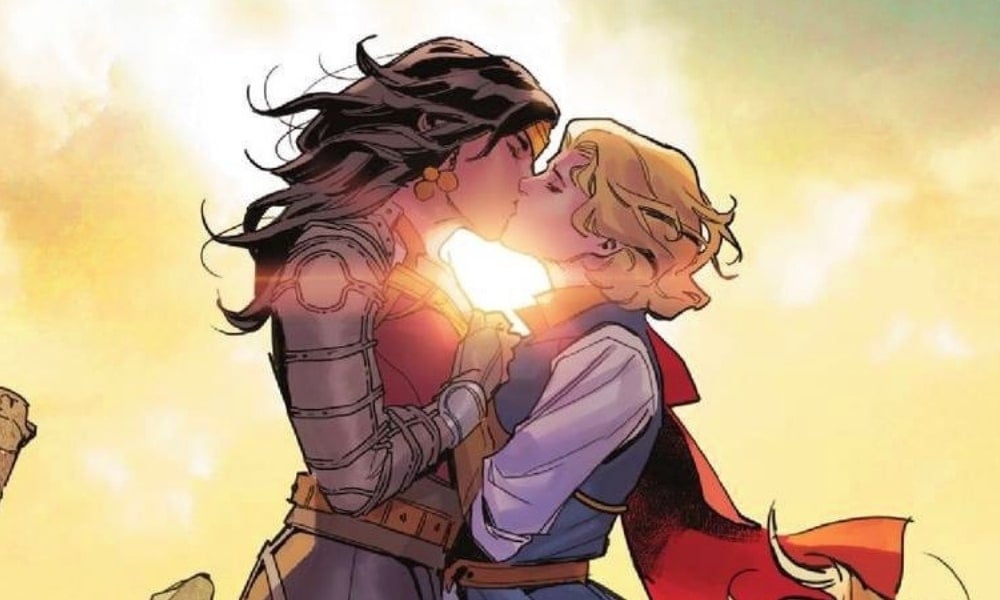
DC Comics
Wonder Woman
Wonder Woman has been a DC comic character since the early 1940s. The Amazonian’s backstory places her origins on an island called Themyscira. A nation solely populated by women that bans men from entering.
William Moulton Marston, a psychologist, created the character. Marston was known for writing stories heavily influenced by sapphic themes, polyamory, and bondage. Much of Wonder Woman’s earliest exploits written by Marston had unmistakable lesbian relationships. As well as other themes that explored her sexuality. However, after Marston died in 1947, DC decided to rework her into a more traditional superhero and downplayed her sexuality.
Over the years, there have been hints here and there of her original roots as a gay superhero. This all came to a head in 2016 when comic book writer Greg Rucka officially confirmed (or rather, re-confirmed) that she is canonically bisexual, saying, “Nobody at DC Comics has ever said, [Wonder Woman] gotta be straight. Nobody. Ever.”
Lynda Carter as Wonder Woman 1975-1979. pic.twitter.com/3VcV8Xc3Hb
— Masquerade (@Masquerade2376) August 24, 2022
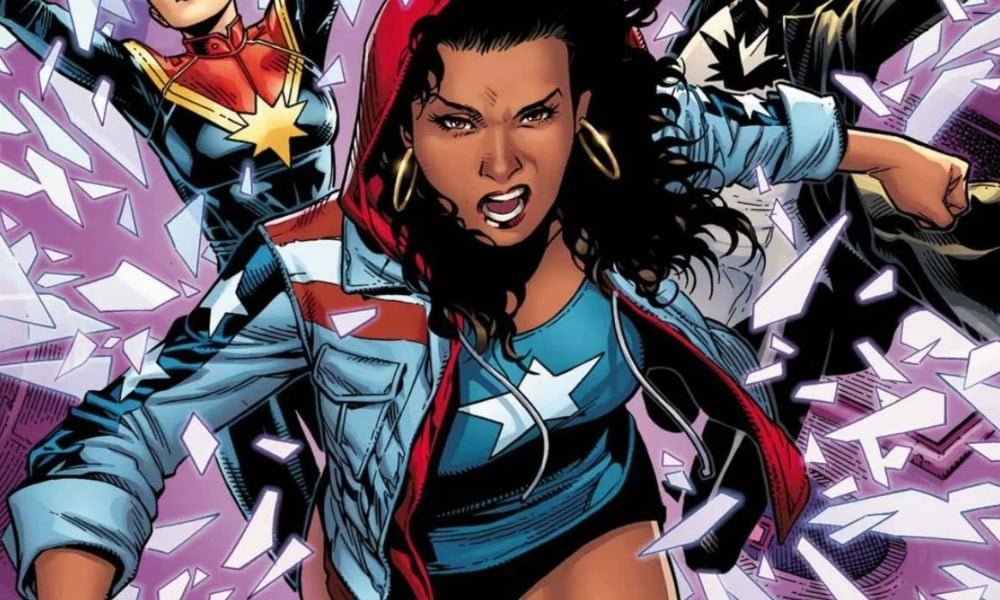
Marvel Comics
Miss America
America Chavez, better known as Miss America, is Marvel’s first-ever queer Latinx superhero. Created by writers Joe Casey and Nick Dragotta, she first appeared in a limited comic series titled Vengeance in 2011.
Her powers include superhuman strength, flight, and the ability to physically kick open star-shaped wormholes into the fabric of reality. Miss America also hails from another dimension called the Utopian Parallel, where she was raised by lesbian parents.
Miss America’s character gained so much popularity that she got her own comic in 2017 titled “America,” written by Gabby Rivera, a Latin-American writer who herself also identifies as gay. More recently, this year, she appeared as a central character in the movie Doctor Strange in the Multiverse of Madness.
???? Things you didn't know about Ms. America Chavez
➡️ https://t.co/vwt6pFnBzJ #DrStrangeMultiverseOfMadness #DrStrange2 #drstrangeinthemultiverseofmadness #DoctorStrange #DoctorStrange2 #AmericaChavez #MsAmericaChavez #MAC #MCU #Marvel #comicbooks #comics #facts pic.twitter.com/gJvtDCZLeU
— Comic Book Battles (@cb_battles) August 23, 2022
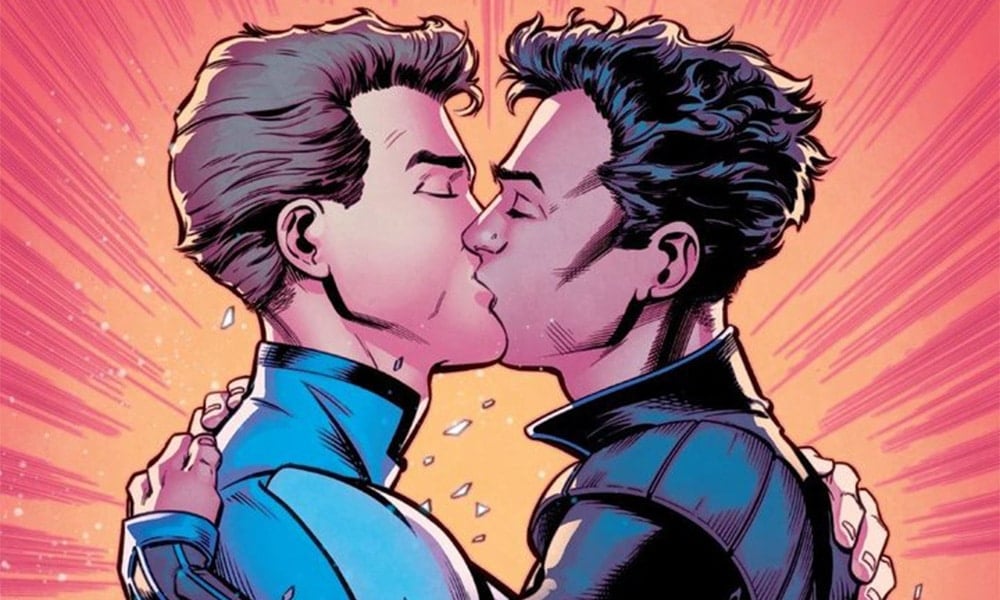
Marvel Comics
Iceman
Bobby Drake, better known as Iceman, has been part of Marvel’s X-Men since its inception in the 1960s. Created by Stan Lee, the X-Men explored a unique type of superhero storytelling. Born as mutants and disliked by society, the X-Men were created as noble heroes fighting for the very world that shunned them. So, it’s really not surprising – in fact, it’s rather fitting – that there would be a high-profile gay superhero in Marvel’s X-Men lineup.
Iceman was a founding member of the X-Men alongside Charles Xavier, Angel, Beast, Cyclops, and Marvel Girl. In the All-New X-Men #40 published in 2015, a younger version of Iceman was outed by Jean Grey, who read his mind.
The storyline itself was perceived by some as problematic because Iceman did not come out on his own terms. However, the situation surrounding Iceman’s coming out is something that mirrors the everyday realities of many people who identify as LGBTQ.
Marvel Voices really sold some incredible Iceman moments. pic.twitter.com/i5eAP1c2SQ
— Judgement Dave, the Comic Book Herald (@ComicBookHerald) August 23, 2022
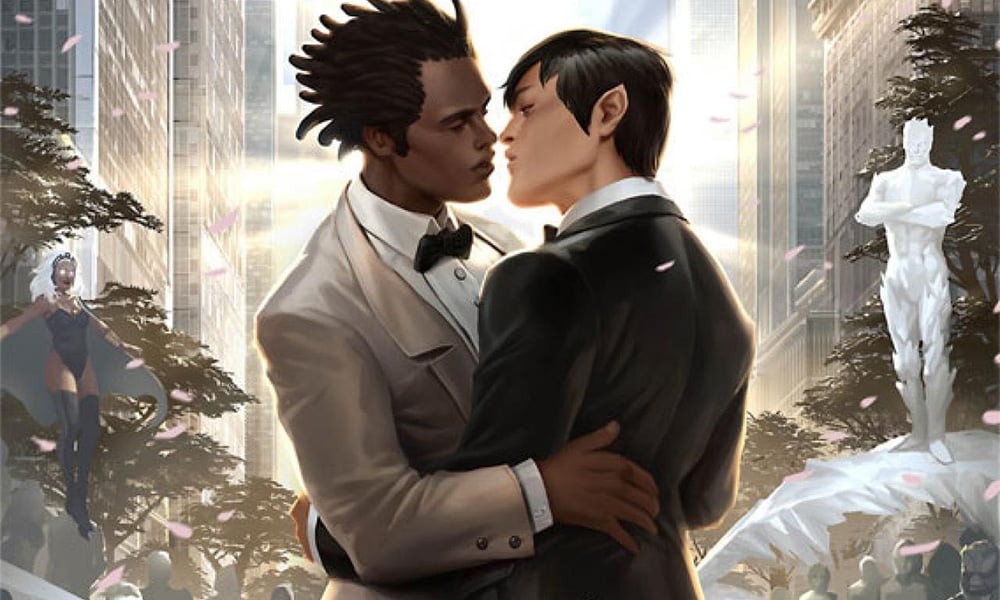
Marvel Comics
Northstar
Northstar, who was the first gay superhero, is not just considered iconic for being openly gay. He was also the first superhero in mainstream American comics to be depicted in a same-sex wedding.
When Northstar was first created by writers Chris Claremont and John Byrne, he was already written to be gay from the start. However, it was still technically illegal for comics to have any sort of allusions to homosexuality in the 1970s because of the 1954 Comics Code Authority.
The Comics Code Authority, a government authority that policed comic book content, banned “illicit sex relations” and “sexual abnormalities”. However, there was no specific explanation as to what these terms actually referred to. This loose wording allowed Comics Code Authority administrators to censor just about anything that can be perceived as gay.
It wasn’t until 1989 that the Comics Code Authority underwent major revisions allowing superheroes like Northstar to come out without Marvel and its writers getting into hot water with the law. And that is exactly what Northstar did in 1992’s Alpha Flight #106, where he officially (and finally!) comes out. Unlike some less-than-transparent censorship authorities, he does not mince his words and outright says, “I am gay.”
"I am gay."
In 1992's Alpha Flight #106, Northstar comes out becoming the first openly gay superhero. #OCGComicPride pic.twitter.com/jUUvIRNJqZ
— Comics Unmasked (@comics_unmasked) June 18, 2019
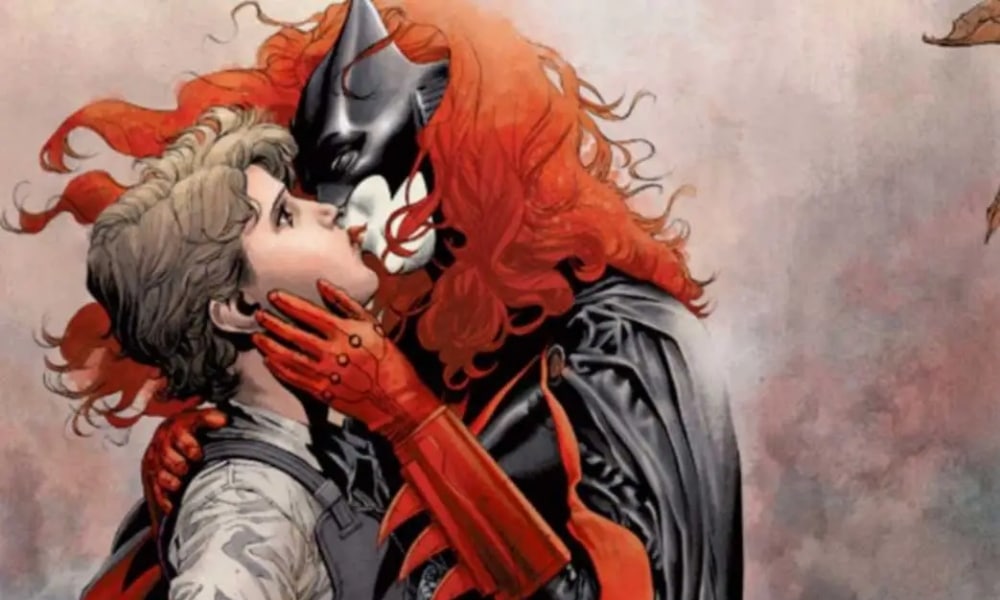
DC Comics
Batwoman
Better known as Batwoman, Kate Kane is perhaps the most popular gay superhero in the DC Comics Universe. Much like her male counterpart Batman, Batwoman is also a wealthy heiress who uses her privilege to fight crime and help the city of Gotham.
However, when she was first introduced in the 1960s, her character was not originally an LGBTQ superhero. The exact reason she was created was to assuage rumors of Batman being gay. Batwoman was written to be the female version of Batman while also serving as his very straight love interest.
Despite having a character origin that reflected controversial views about LGBTQ identities in the 60s, Batwoman’s character revamps decades later in 2006 features a more hopeful and inclusive arc. DC introduced a totally reworked Batwoman, one who is a lesbian and whose identity isn’t hinged upon problematic projections of another male superhero’s sexuality.
Kate Kane/Batwoman from DC Comics is a lesbian !
[She/Her] [Canon] pic.twitter.com/04wlCLrQfi
— Your Fave is LGBTQA+ ! (@UrFaveisLGBTQA) August 20, 2022
Final Thoughts
The beauty of the superhero genre is that both the fans and the creators have the power to make every story as creative as it is fluid and colorful. Today’s superheroes serve much like figures in ancient mythologies worldwide. How they’re written, what they stand for, and who they are as individuals can be seen as a reflection of our society’s values, beliefs, and attitudes.
The fact that we are seeing more and more superheroes come out as unabashedly LGBTQ is a hopeful sign that the world is becoming more inclusive and accepting.
RELATED | HBO Max Announced Its First Gay Superhero Project

